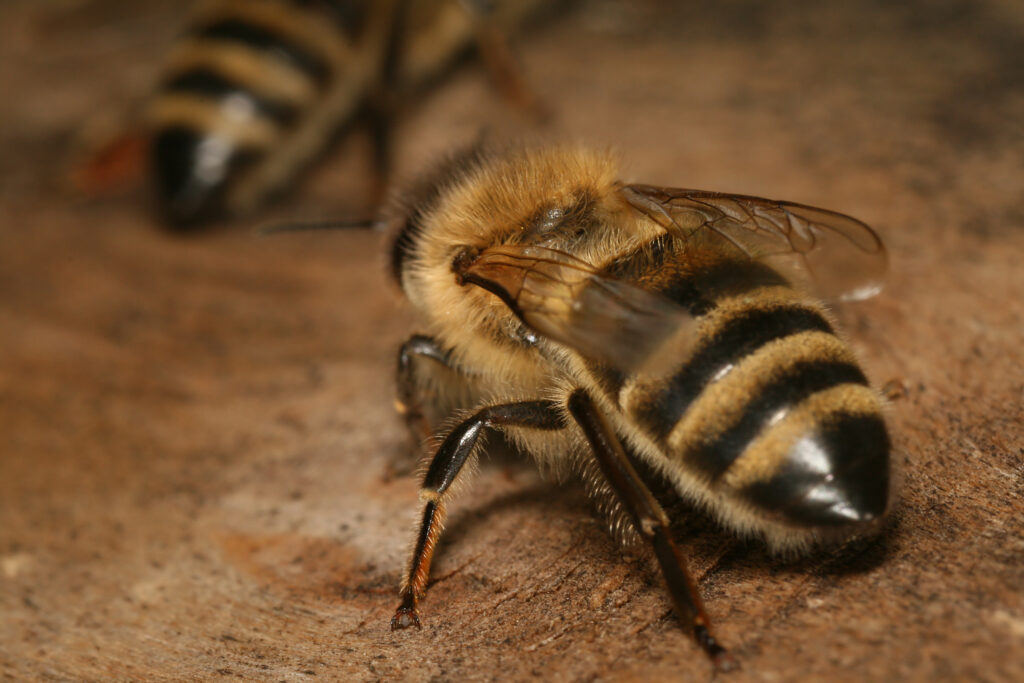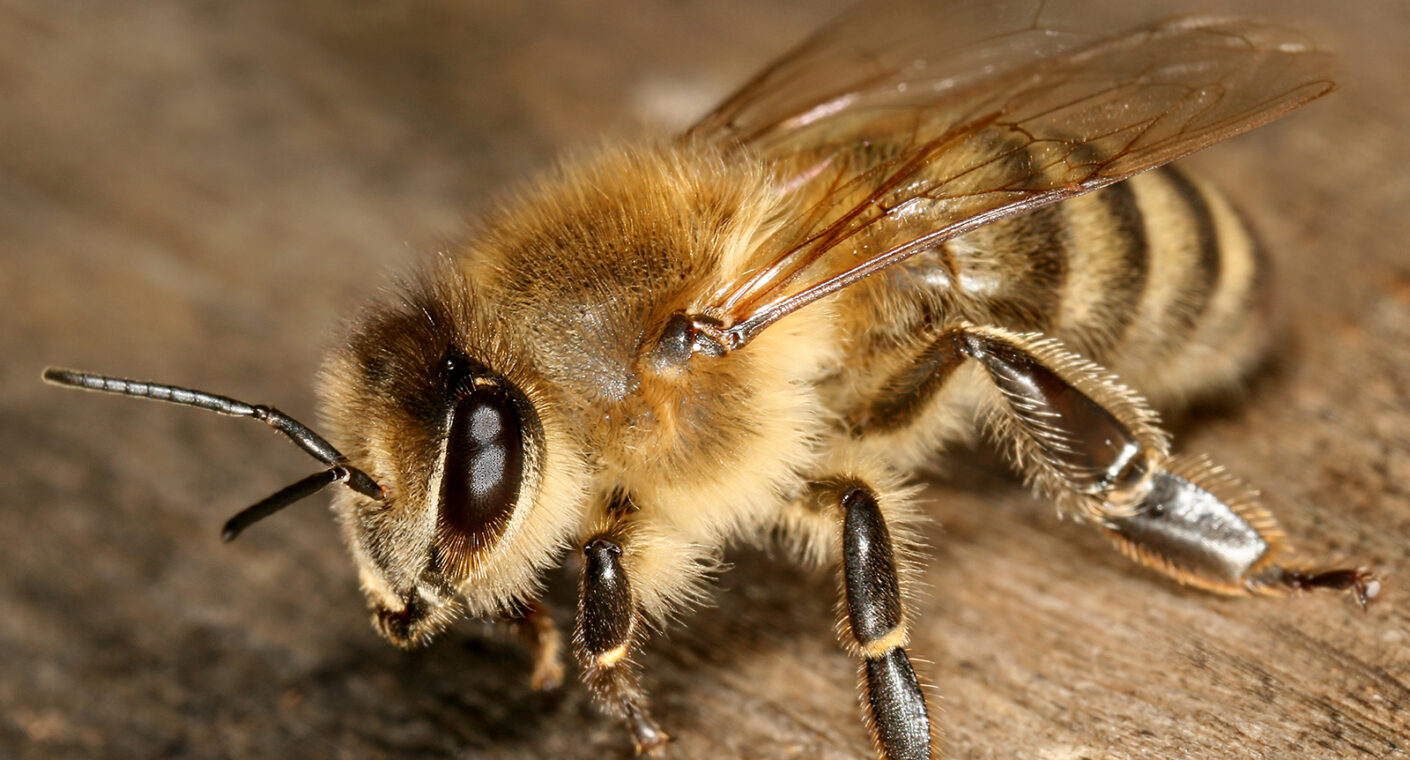The Carniolan Bee: Europe’s Gentle Powerhouse
The Carniolan bee, scientifically known as Apis mellifera carnica, is one of the most popular honey bee subspecies among beekeepers worldwide. Originally from the historic region of Carniola (now part of Slovenia) and surrounding parts of Austria, Hungary, and the Balkans, it has earned a reputation for its calm temperament, adaptability, and productivity.
Origins and natural range
Carniolan bees evolved in areas with cold winters and short, intense summers, making them well suited to temperate climates. Today, selective breeding has spread them far beyond their native range, and they are a common choice in Europe, North America, and beyond.
Physical characteristics
-
Color: generally dark brown to grey, with distinctive silvery hairs on the thorax and light grey abdominal bands.
-
Size: slightly smaller than the Italian bee (Apis mellifera ligustica) but with relatively large wings for efficient flight.
-
Hair coverage: thick body hair that aids in temperature regulation and pollen collection.
Temperament and behavior
One of the main reasons for the Carniolan bee’s popularity is its exceptionally gentle disposition. Beekeepers often find them easy to handle, even with minimal protective gear. Key behavioral traits include:
-
Rapid spring buildup, allowing colonies to exploit early nectar flows.
-
Strong foraging skills, with an ability to fly in cooler or overcast weather.
-
Efficient use of winter stores, which helps survival in long winters.
-
Good resistance to some common bee diseases.
Role in modern beekeeping
The Carniolan bee is often favored by both professional and hobbyist beekeepers for:
-
High honey yields, particularly in areas with multiple nectar flows.
-
Adaptability to various climates, from cool northern regions to warmer temperate zones.
-
Compatibility for breeding programs, including the creation of hybrids like the Buckfast bee.
Conservation and breeding
Although widely bred for beekeeping, pure Carniolan bee populations are still maintained in protected areas, particularly in Slovenia, where they are considered a national treasure. Local laws there even protect the genetic purity of the breed.

Their rapid population growth in spring can, however, increase their tendency to swarm if hive space is limited.


1 Comment
https://shorturl.fm/ixTgH